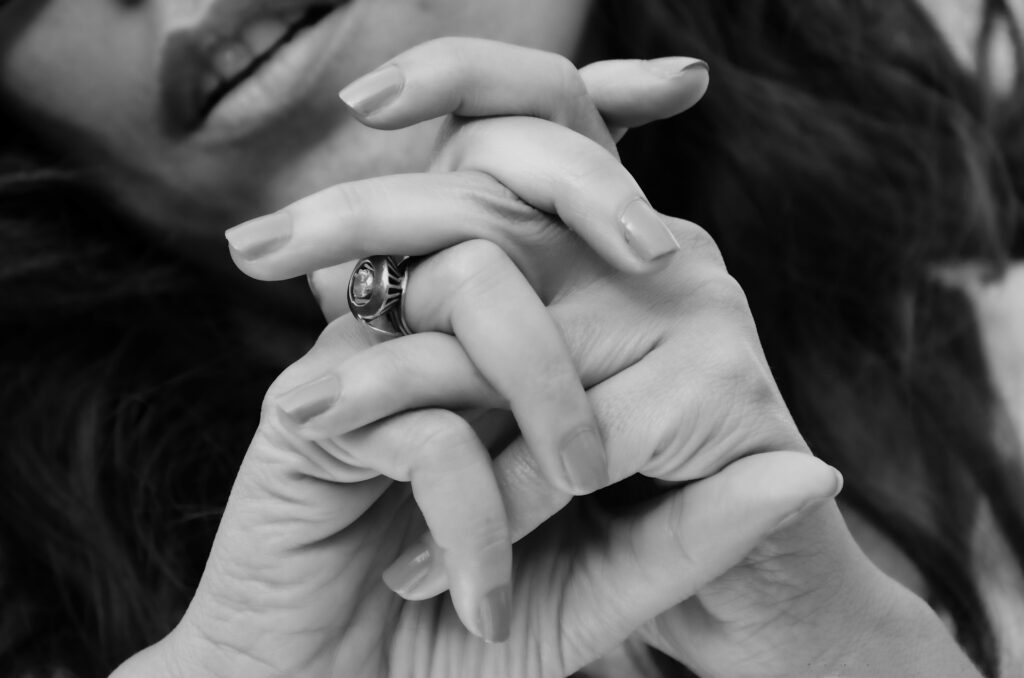Can nails be damaged by nail polish
Nail polish is a popular way to add color and style to your look, but many people wonder if it can damage their natural nails. While nail polish is generally safe to use, improper application or removal, as well as frequent use, can sometimes lead to weakened or unhealthy nails. Let’s explore the potential risks and how to keep your nails healthy while enjoying your favorite nail colors.

1. How Nail Polish Can Affect Your Nails
a. Dryness: Some nail polishes, especially those with strong chemical formulas, can dry out your nails and cuticles. This can make your nails more brittle and prone to breaking or peeling over time.
b. Discoloration: Wearing nail polish for extended periods without breaks can sometimes lead to yellowing of the nails. This discoloration is usually temporary but can be unsightly.
c. Weakening of the Nail Plate: Frequent use of nail polish, particularly if paired with harsh removers, can weaken the nail plate. Acetone-based removers, for example, can strip natural oils from the nails, leaving them more fragile.
2. Common Mistakes That Lead to Nail Damage
a. Skipping a Base Coat: A base coat is essential to protect your nails from staining and to create a smooth surface for the polish to adhere to. Skipping this step can increase the likelihood of discoloration.
b. Peeling Off Nail Polish: Removing nail polish by peeling it off can strip away the top layers of your nail, leading to a thinner, weaker nail plate.
c. Not Taking Breaks: Wearing nail polish continuously without giving your nails a break can prevent them from “breathing” (though nails don’t technically breathe, they do benefit from periods without polish to retain moisture and stay healthy).
3. How to Prevent Nail Damage
a. Use High-Quality Products: Choose nail polishes that are free from harmful chemicals like formaldehyde, toluene, and dibutyl phthalate (DBP). Many brands now offer “5-free” or “10-free” formulas that are gentler on your nails.
b. Always Apply a Base Coat: A protective base coat can prevent staining and add an extra layer of protection to your nails.
c. Limit Acetone Use: Opt for acetone-free nail polish removers whenever possible, as they are less harsh on your nails and cuticles.
d. Moisturize Regularly: Keep your nails and cuticles hydrated by applying cuticle oil or hand cream daily. This helps prevent dryness and brittleness.
e. Take Nail Polish Breaks: Allow your nails to go polish-free for a few days every few weeks to let them recover and maintain their natural strength.
4. When to See a Specialist
If you notice persistent nail issues such as extreme brittleness, peeling, or discoloration, it’s a good idea to consult a dermatologist or nail specialist. These could be signs of an underlying condition that needs professional attention.
Final Thoughts
While nail polish itself is unlikely to cause severe damage when used correctly, improper habits can negatively affect your nails over time. By following proper nail care practices, such as using quality products, applying a base coat, and taking regular breaks, you can enjoy beautiful, polished nails without compromising their health. Remember, moderation and care are key to keeping your nails strong and stunning!
